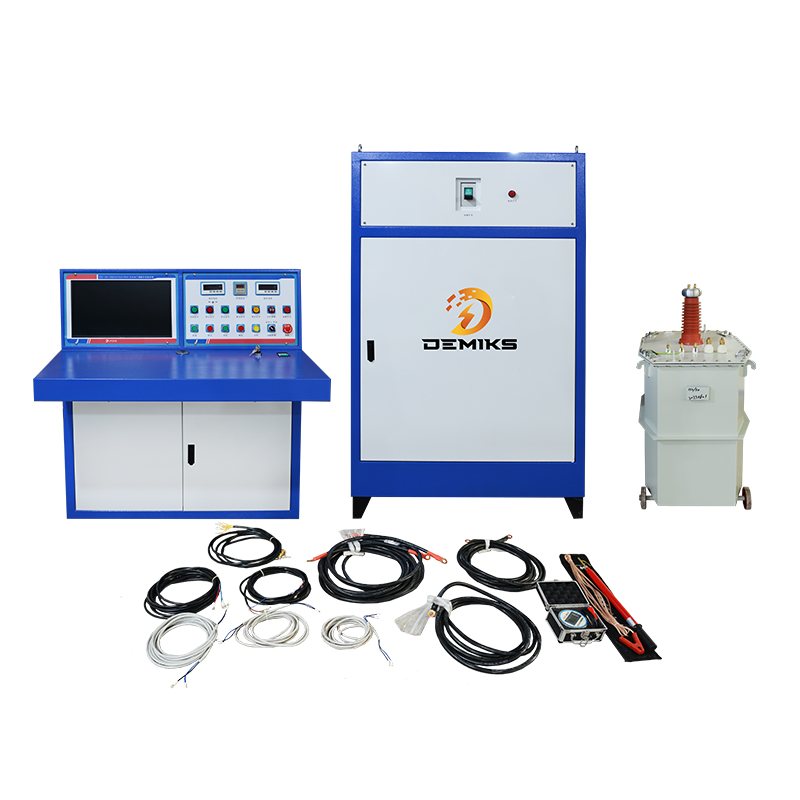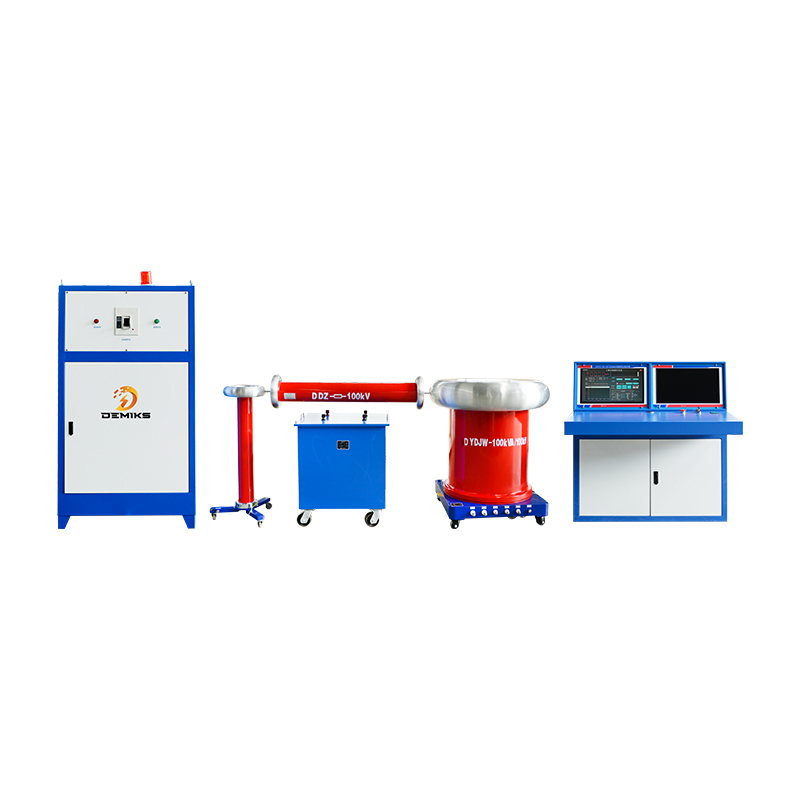A no-load test is performed on a transformer to determine
A no-load test (also called open-circuit test) is performed on a transformer to determine:
1. Core (Iron) Losses
Measures hysteresis and eddy current losses in the transformer core
Represents power dissipated when energized with no load
Important for calculating transformer efficiency
2. No-Load Current (Excitation Current)
Determines the magnetizing current required to establish flux in the core
Typically 2-5% of rated current for power transformers
Helps identify core saturation or winding issues
3. Turns Ratio Verification
Confirms voltage transformation ratio between windings
Checks for shorted turns or incorrect tap settings
4. Core Quality Assessment
Abnormal no-load current may indicate:
Core lamination damage
Inter-laminar shorts
Poor core grounding
Test Procedure
Connection:
Apply rated voltage to LV side (with HV side open)
Use precise voltage source (variable AC supply)
Measurements:
Input voltage (V₀)
No-load current (I₀)
Input power (P₀) → Core losses
Calculations:
Core loss = P₀ (measured wattmeter reading)
No-load power factor = P₀/(V₀×I₀)
Turns ratio ≈ V_HV_open/V_LV_applied
Key Observations
| Parameter | Healthy Transformer | Problem Indicated |
|---|---|---|
| No-load current | 2-5% of rated | >10% → Core damage |
| Core losses | Within 0.1-0.5% of rating | High → Lamination issues |
| Waveform | Clean sinusoidal | Distorted → Partial saturation |
Standards
IEC 60076-1 (Power transformers)
IEEE C57.12.90 (Test code)
This test is always performed at rated frequency with one winding open-circuited. For three-phase transformers, test is done phase-by-phase.
The above content is published by demiks, please specify, demiks is a substation equipment manufacturer, specializing in the production of high-voltage tester, transformer tester, circuit breaker test equipment, relay tester, SF6 gas analyser, cable fault tester and other products, if you have power test testing needs, please feel free to contact demiks power science and technology limited company or send an email! Give us: contact@demikspower.com
 Relay Protection Testing and Commissioning Gu
Relay Protection Testing and Commissioning Gu
 how to test microwave transformer
how to test microwave transformer
 how to reset circuit breaker with test button
how to reset circuit breaker with test button
 high voltage cable testing standards
high voltage cable testing standards




